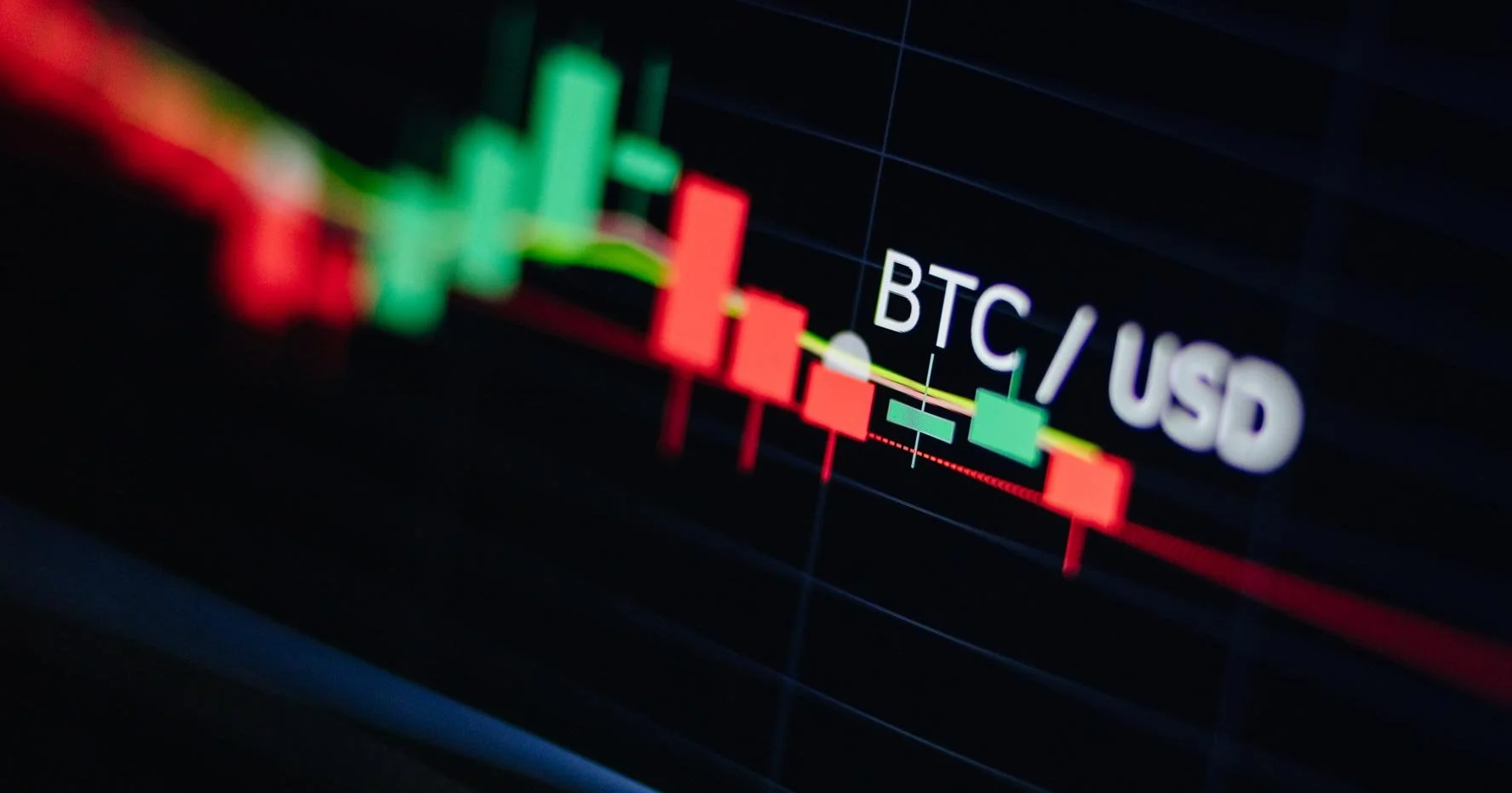With the crypto market continuously evolving, many investors have observed that Bitcoin has become too unpredictable, leading to an inability to separate its reward from its risk. What can help sway the market into realizing the true benefits of this digital token? Let’s explore this shift in perception – and why the rewards may ultimately outweigh the concerns.
One of the biggest drivers behind Bitcoin’s potential is its decentralized nature. The token uses blockchain technology to collect records of transactions rather than being governmentally funded or sanctioned by a bank. The fluctuations we see in traditional institutions make this decentralized solution more attractive to investors.
Aside from this factor, Bitcoin has historically demonstrated a consistent upward trajectory over the past decade. The Sharpe Ratio further indicated that its long-term returns ultimately have justified the associated risks. The Sharpe Ratio assesses the potential risk relative to reward of an asset, which is used to aid with investors' financial modeling as well as portfolio optimization. It can be used by calculating the total mean returns divided by the total realized volatility. What research has shown from this is that it highly overestimates the true risk that Bitcoin has on the economy. The new data that has been found displays that the rewards of investing in this digital currency have been worth the overall risk that many fear.
Analysts have also looked into the Sortino Ratio, which assumes that the risk of holding an asset is denoted by the downside volatility realized over time. Consequent to the Sharpe Ratio, Sortino can be used by dividing the total mean returns by the downside realized volatility. In simpler terms, by calculating how much you’ve earned on average and how much the investment’s returns drop below a certain threshold, you are able to see how the rewards outweigh the negatives. The Sortino Ratio overlooks any of the “good ups”, as research has called it, and only looks at the bad downs of the investment. The reward is essentially penalized only by the volatility associated with negative returns – the true pain of holding Bitcoin long term.
Finally, the Omega Ratio, also known as the gain/loss ratio, evaluates the possibility of weighted gains vs. the losses. Omega can be calculated by evaluating the upside sum returns divided by the downside sum volatility. Ultimately, the Omega Ratio is valuable in non-normal distributions such as crypto or assets where extreme outcomes are more common. When it comes to Bitcoin, this calculation puts the cumulative positive returns of the investment against its cumulative negative returns, which in the end define each unit of reward per unit of risk.
These performance metrics provide investors with a positive outlook on Bitcoin investing despite the potential for risk. As the market continues to mature and more tools shape the understanding of cryptocurrency, Bitcoin’s value proposition becomes even clearer as a strategic asset that is capable of rewarding resilience. In 2025, investors who are willing to look beyond the noise of the media, market, and outside influences may find that the true risk lies in ignoring the coin's potential.

